
Robotic Assay for Drought (RoAD): An automated phenotyping system for brassinosteroid and drought response (bioRxiv)
Plant Science Research Weekly
Developing drought tolerant plants is an important challenge in agriculture. Drought responses and plant growth are regulated by several signaling pathways, one of which is activated by brassinosteroids (BRs), a group of plant steroid hormones. In order to better understand the crosstalk…
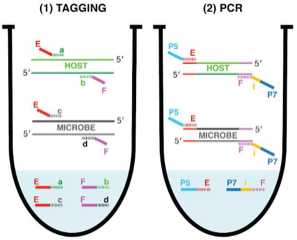
Measuring both microbial load and diversity with a single amplicon sequencing library (bioRxiv)
Plant Science Research WeeklyAmplicon sequencing of microbial DNA is a gold standard for analyzing the relative abundance of microbes in host-associated microbiomes. To gain more accurate insights into microbiome changes, it is crucial to know the absolute abundance of microbes, which can be analyzed by integrating relative abundance…
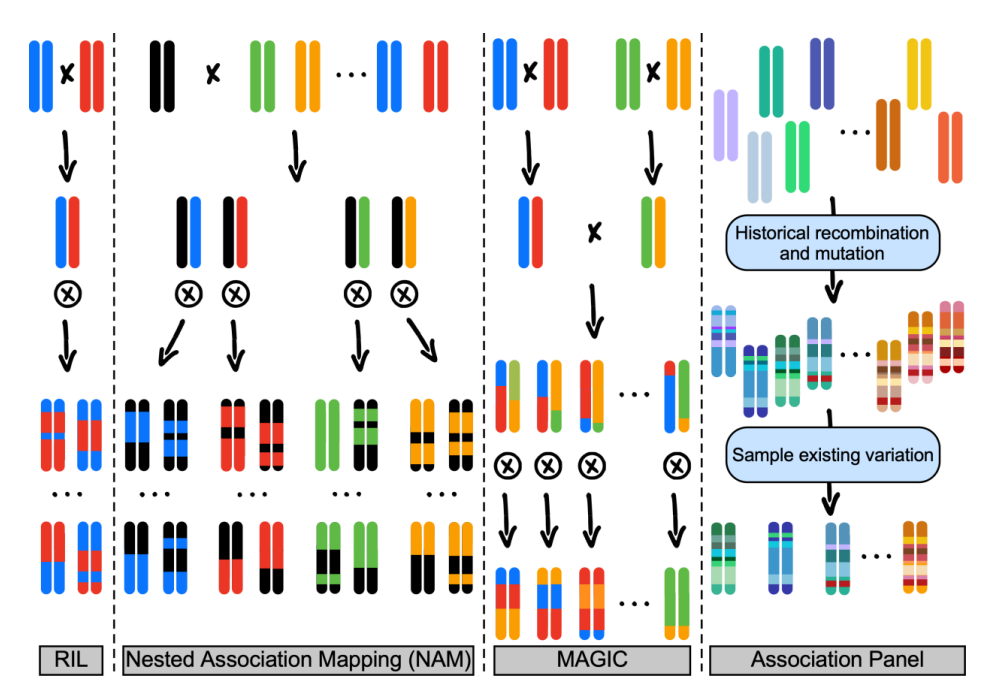
Review: Ten years of the maize nested association mapping population: Impact, limitations, and future directions (Plant Cell)
Plant Science Research WeeklyLinking phenotype to genotype is a major obstacle in plant biology, and conventional approaches (linkage analysis, association mapping) have limitations. Here Gage et al. review the past, present, and future impacts of a maize Nested Association Mapping (NAM) population developed throughout the 2000s.…

How far does stomatal activator and inhibitor signaling work in the plant epidermis? (bioRxiv)
Plant Science Research WeeklyStomata are the pores on the plant surface surrounded by a pair of guard cells that control gaseous exchange and water loss. Among the many genes involved in stomatal patterning and development, EPIDERMAL PATTERNING FACTOR 1 (EPF1) and STOMAGEN encode signaling peptides and acts as negative (inhibitor)…
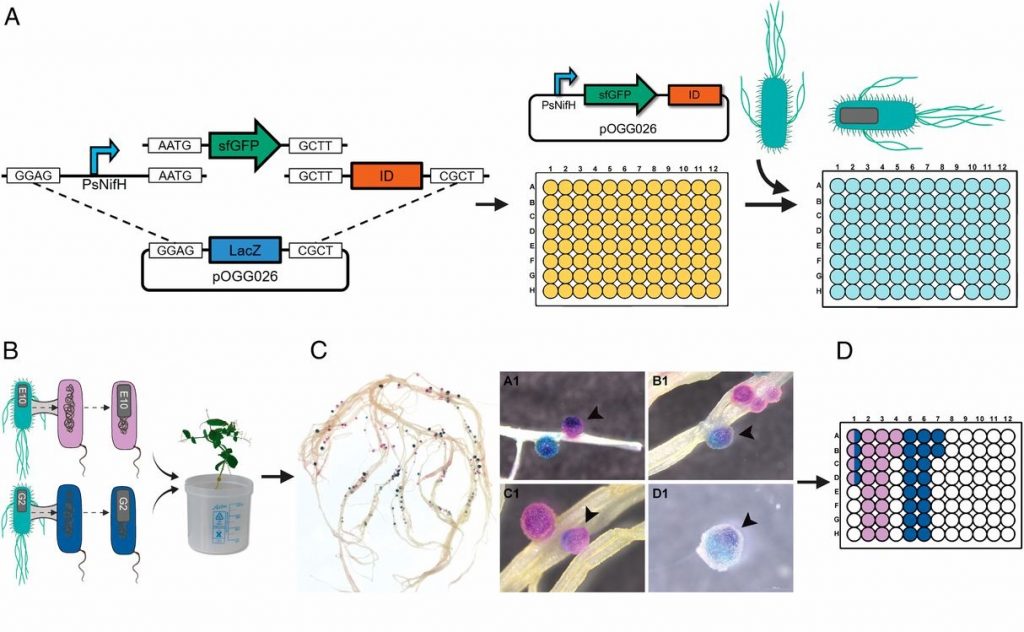
A molecular toolkit for screening elite rhizobia (PNAS)
Plant Science Research WeeklyN2-fixing rhizobia bacteria are able to establish symbiotic interactions with legumes in specialized organs called root nodules. Identifying elite rhizobia that are both competitive for nodule occupancy and effective in N2 fixation in agricultural environments is crucial for maximizing the yield of legumes.…
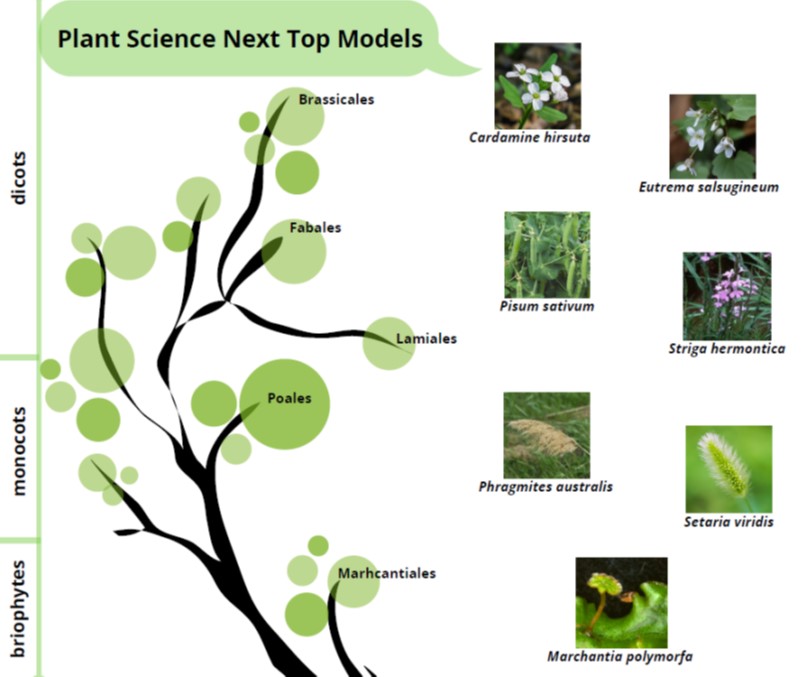
Review: Plant science's next top models (Ann. Bot)
Plant Science Research WeeklyThale cress (Arabidopsis thaliana) has been the absolute star of plant science research for more than 40 years, being the ideal model organism for its ease of handling and transferable knowledge to crops. In this review, Cesarino and coworkers explain how advances in "omics" technologies, together with…
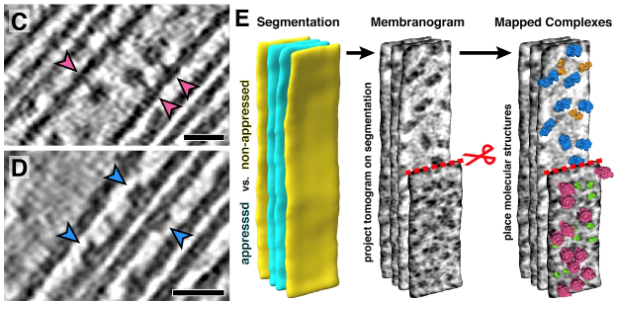
A close-up view of the thylakoids (eLIFE)
Plant Science Research WeeklyThe thylakoid membranes inside the chloroplasts house the major protein complexes required for photosynthesis, including photosystems I and II (PSI/II), the b6f complex and ATP synthase. To optimize photosynthetic efficiency, the distribution and abundance of these complexes are dynamically regulated…
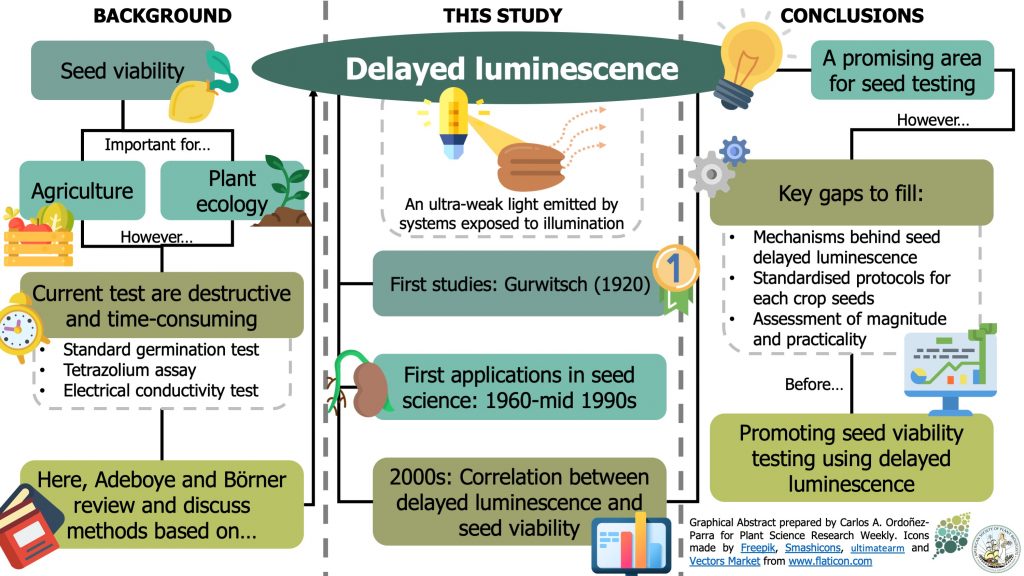
Review: Delayed luminescence of seeds: are shining seeds viable? (Seed Sci. Technol.)
Plant Science Research WeeklyMost of the current methods for assessing seed viability are time-consuming and destructive. As an alternative, some authors have suggested using procedures based on delayed luminescence; an ultra-weak light emitted by biological materials exposed to illumination. Here, Adeboye and Börner review the…
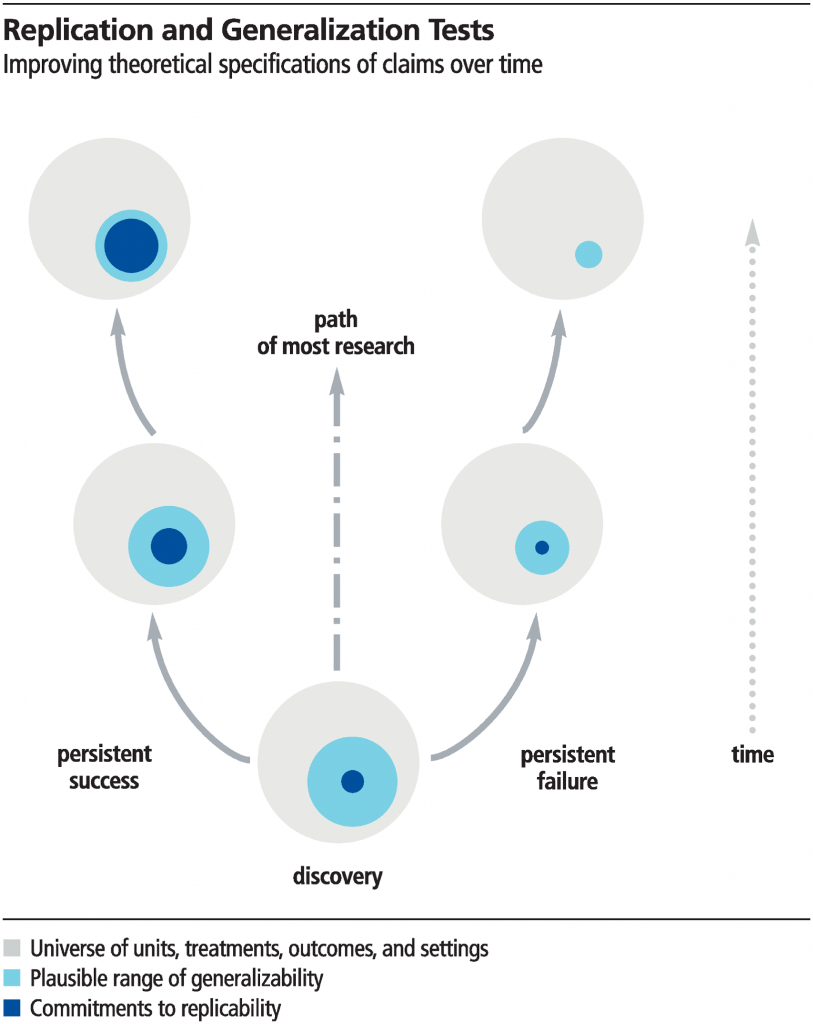
Perspective: What is replication? (PLOS Biol)
Plant Science Research WeeklyThis is an interesting paper and certainly one to share with students. Nosek and Errington argue that how we usually think of as “replication”, repeating a study and observing the same results, is incorrect. Instead, they argue for abroader definition of replication, as something that supports the…

